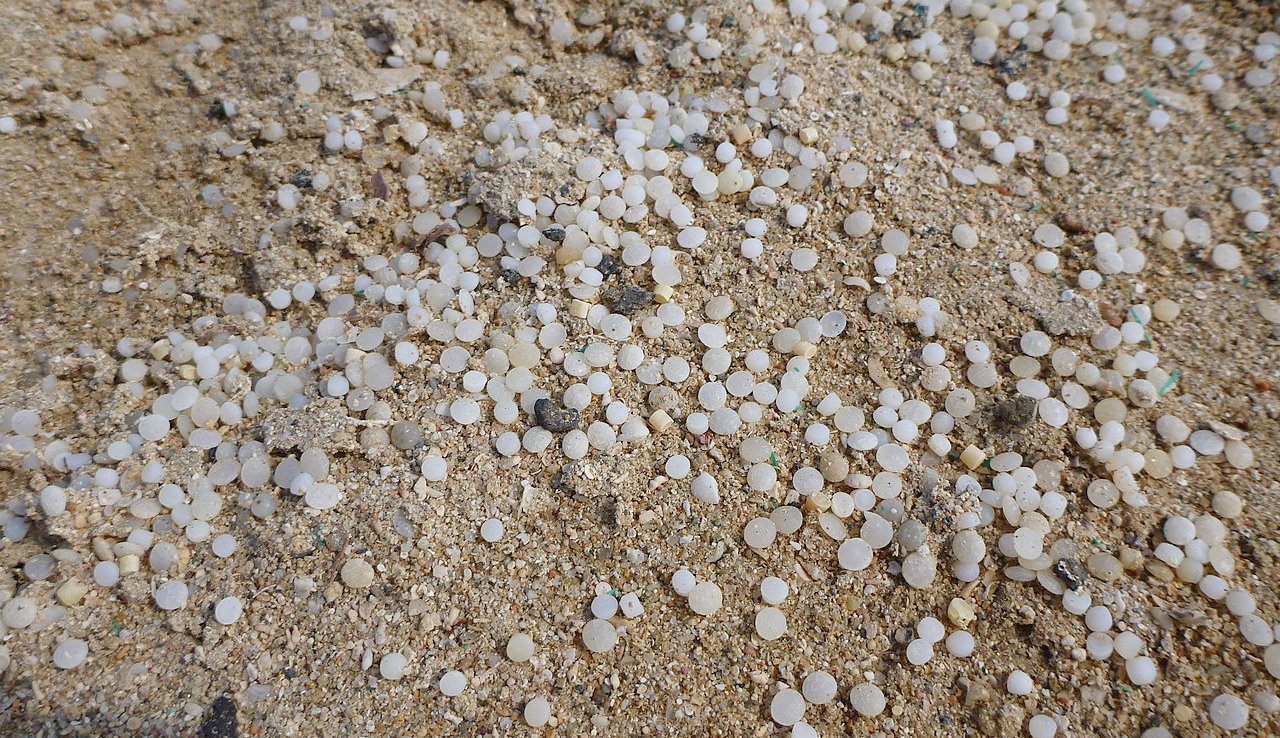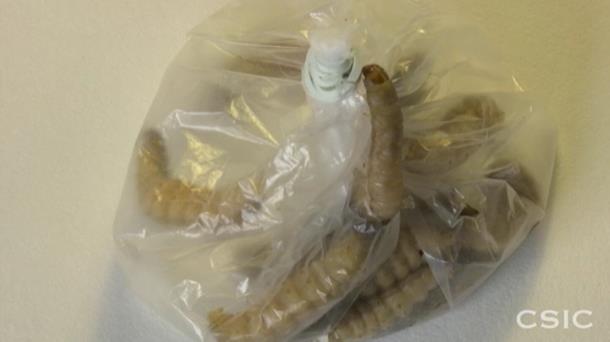Plastic specimens at sea, not new but serious
2024/01/11 Etxebeste Aduriz, Egoitz - Elhuyar Zientzia Iturria: Elhuyar aldizkaria

Although the plastic specimens that have peeled the Galician coast are raising dust, it is unfortunately nothing new or so strange. In fact, it is estimated that between 52,000-184,000 tonnes of plastic units per year (about 26 tonnes in Galicia) are dumped at sea due to poor management of the production and transport chain. Researchers Lucía Viñas Diéguez and Jesús Gago of the Spanish Oceanographic Institute have explained this in an article published in the journal The Conversation.
Plastic beads are spheres of 2 to 5 mm. They consist mainly of polymers (polyethylene, polypropylene, etc.). ). ), but also contain additives (protection against ultraviolet waves, flame retardants, etc. ).They are permanent, mostly floating and do not dissolve, emulsify or biodegrade.
Dieguez and Gago indicate that their density depends on the composition of the specimens, which determines their behavior in the water. The dumps on the Galician coast are polyethylene. This material is less dense than seawater (about 0.9 g/ml), so they float in the water and can travel long distances. When they reach the coast, they land pushed by tides and waves. In addition, grains can also be transported by wind or can return to water with the next tide.
They are materials that resist the passage of time and that hardly degrade. Furthermore, discharges in Galicia seem to have a treatment to prevent degradation for the first time with ultraviolet rays, deteriorating even more slowly. When degraded, they break into smaller particles, resulting in smaller microplastics and eventually nanoplastics.
Researchers have shown that these emissions are always an environmental problem. And that depending on its composition there may be a toxicity problem. Polymers are generally inert materials in themselves, which does not mean that they do not have harmful effects such as obstruction of the digestive tract of the animals that ingest them or their accumulation in their stomachs. On the other hand, grain additives can be harmful and toxic to life. They therefore stress the importance of knowing the exact composition of the additives of the specimens issued.
Raising awareness of the environmental impact of microplastics and nanoplastics and introducing measures to prevent them from reaching the environment is another important point.

Gai honi buruzko eduki gehiago
Elhuyarrek garatutako teknologia






